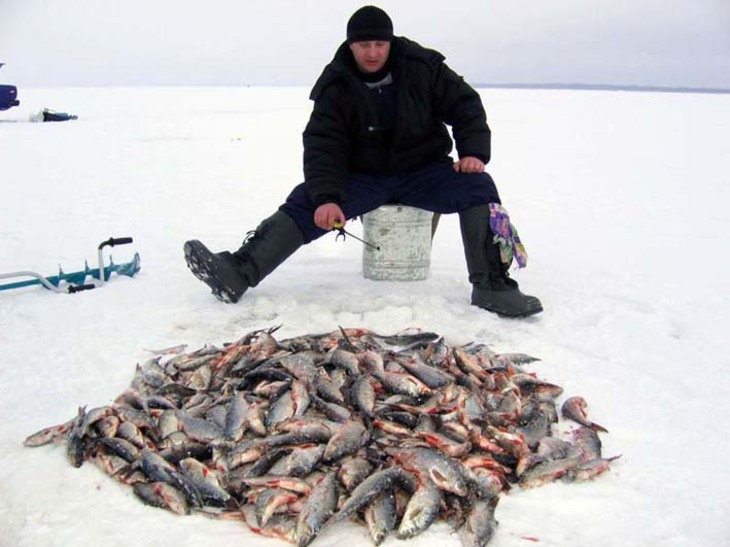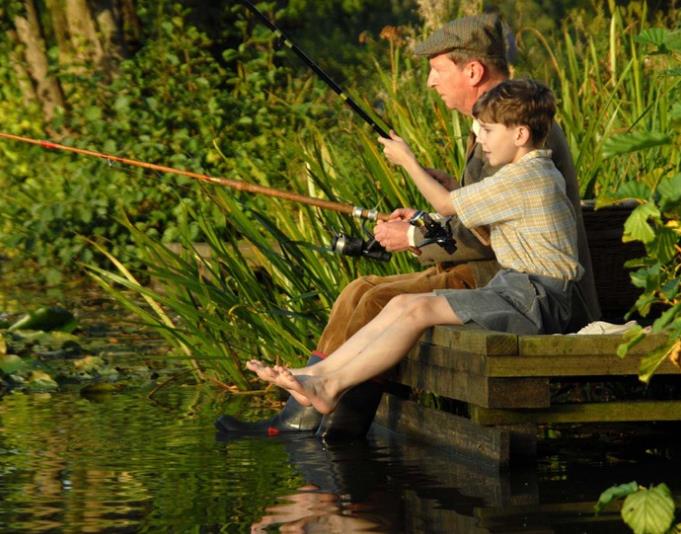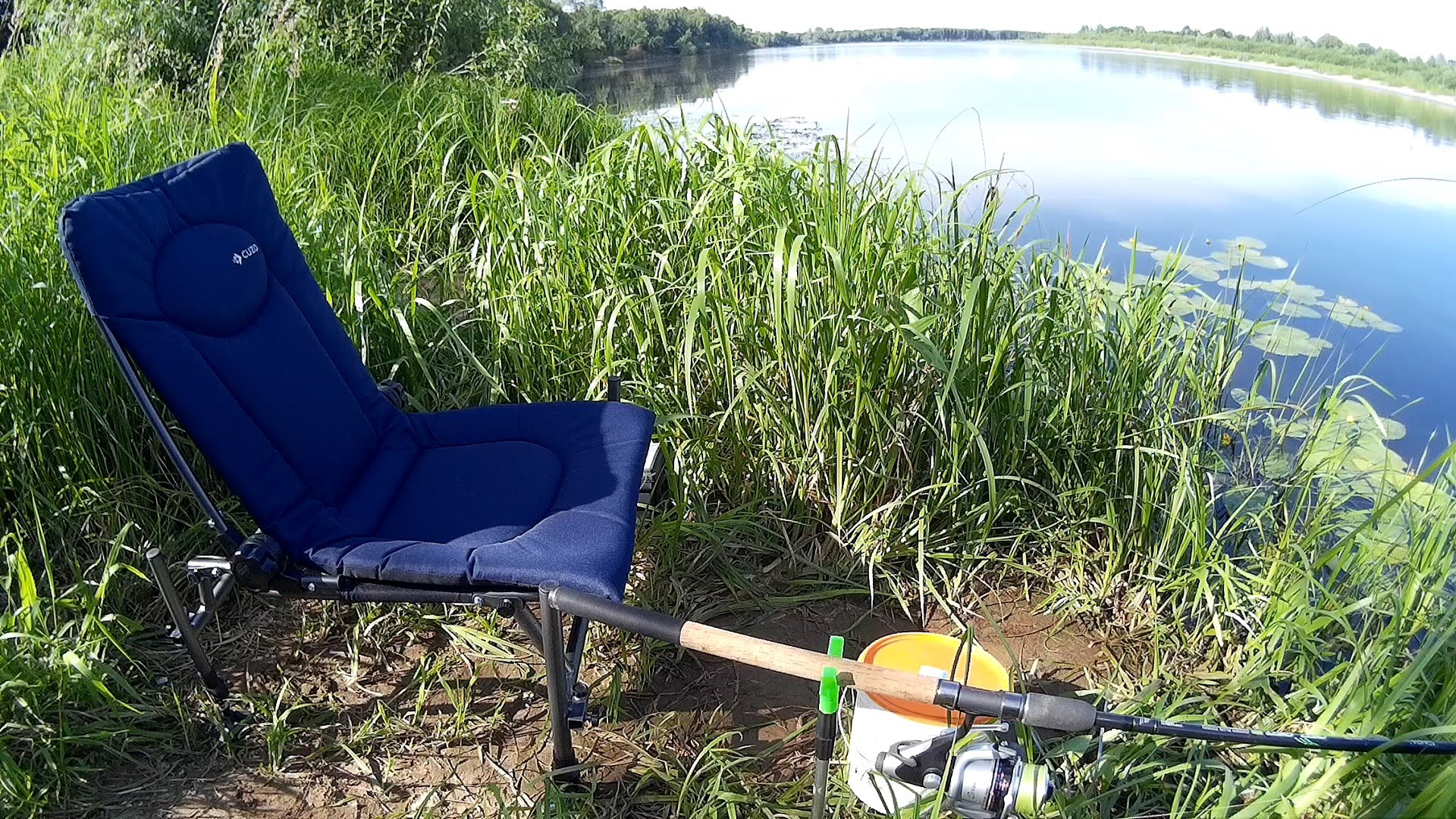To make fishing fun
 Ice fishing – a popular form of recreation in our country. However, people do not always know how to organize it. Ice fishing requires particularly strict adherence to the rules of behavior.
Ice fishing – a popular form of recreation in our country. However, people do not always know how to organize it. Ice fishing requires particularly strict adherence to the rules of behavior.
When planning a fishing trip, warn family or friends about your whereabouts and return time. Be sure to bring along a mobile phone and a life jacket. Try not to go fishing one by one – a friend will always hedge in case of an emergency. Leave on the ice during daylight hours, carefully look around and in every possible way avoid areas with darkened wet snow and polynyas. Ice is especially fragile near the shore.
Before you go down to the frozen reservoir, check the place where it is adjacent to the shore – there may be ravines and snow blisters hiding them. In the mouths of rivers, the strength of cover is weakened by currents. The fact that you can safely step on the ice, says its greenish tint. It is necessary to check the strength of the ice with a stick, and in no case do not kick. The thickness of the ice on the pond is not the same everywhere. Thin ice is located off the coast, at the confluence of rivers, near frozen objects, underground sources, at the places of discharge into the reservoirs of warm water and sewage. The danger is represented by openings, ice holes, cracks, holes, which are covered with a thin layer of ice.
When entering the ice, it must be remembered that the safe ice thickness for one person is at least 7 cm.
In the case of typical signs of fragility of ice (crash, sagging, water on the surface) immediately return to the shore, walk with your legs wide apart, without taking them from the surface of the ice, or in extreme cases, crawling.
When crossing the river, use the ice crossings. When crossing a reservoir by a group, it is necessary to keep a distance of 5-6 meters from each other. If there is a load, hang it on one shoulder, this will make it easy to get rid of it in case the ice falls under you.
When trekking a frozen pond, you must take along a durable cord with a length of 20-25 meters with a large deaf loop at the end and a load. The load will help to throw the cord to the friend who fell into the water, a loop is needed so that the victim can hold more securely by passing it under his arms.
One of the most frequent causes of tragedies in the reservoirs – alcohol intoxication. People inadequately respond to danger and in the event of an emergency they become helpless.
If you have failed under the ice, try to stay afloat, keep your head above water and call for help. Do not panic, try to lose heavy things. Turn in the direction you came from – there the ice was already supporting your weight. Lean on the edge of the ice with your arms wide apart, lean on the edge of the ice with your chest, try to pull yourself up and alternately pull your legs onto the ice floe. Getting out of the breach, do not get up, and crawl away from the danger zone in the direction from which you came. Dip in the snow ashore – it absorbs water from damp clothes.
If you see that a man has gone under the ice, shout to the victim that you are going to help him, call the rescue service. If a person fails near the shore, you can throw him a rope, a scarf, give a long stick, a board, a ladder. Try to crawl gently to the victim, extend your hand and pull out the clothes. Several people can help the victim at the same time, without crawling to the edge of the break, holding each other by the legs. It is necessary to act decisively, boldly, quickly – the victim loses his strength, freezes and can drown. After extraction from ice water, it must be warmed.
If safe measures are observed, ice fishing is a lot of positive emotions: from moving in the air – drilling holes, searching for fish places – talking with friends and contemplating nature. Safe for you fishing and successful bite!
The angler must have an emergency kit with him which includes:
1. First aid kit (packed bandage, iodine, activated carbon, plaster, paracetamol, analgin, etc.).
2. Knife (preferably folding, more convenient to keep in your pockets).
3. Flashlight.
4. Mobile phone. When driving on ice, charge the phone, even if it shows almost a full battery.
5. Dry ration. It will be useful to you if you have to stay on the ice for reasons beyond your control (if you are torn off or a path has blocked your way to the shore, which you have to walk for a long time).





